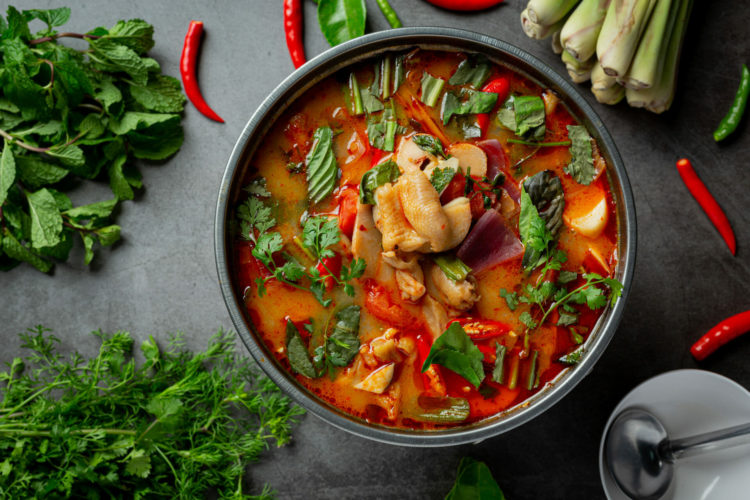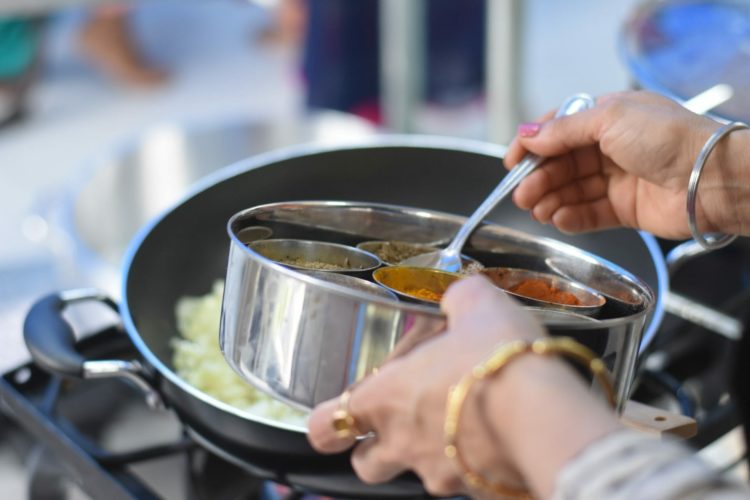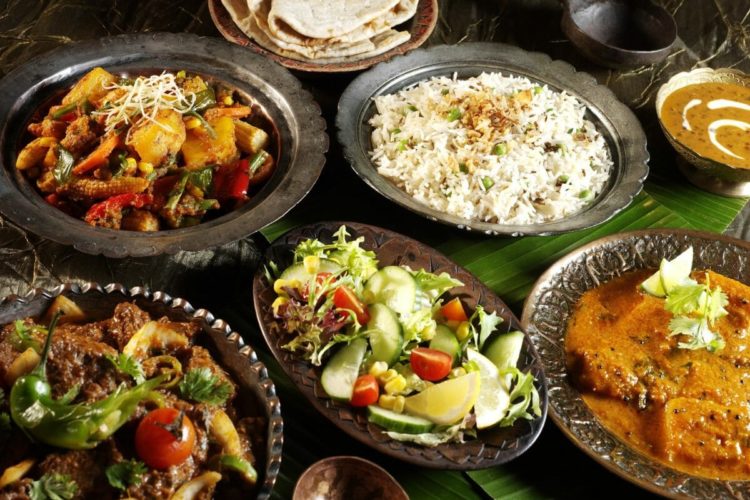Indian Vs Indonesian Food: The Similarities And Differences
Home » Indian Cooking Blog » Indian Cooking » Indian Vs Indonesian Food: The Similarities And Differences
- October 12, 2022
- No Comments
Do you enjoy a good Indonesian curry and wonder how the flavours appear to be similar to an Indian curry? Read on to find how both Indonesian and Indian cuisine have been influenced by other cultures and yet made their own mark in the world.
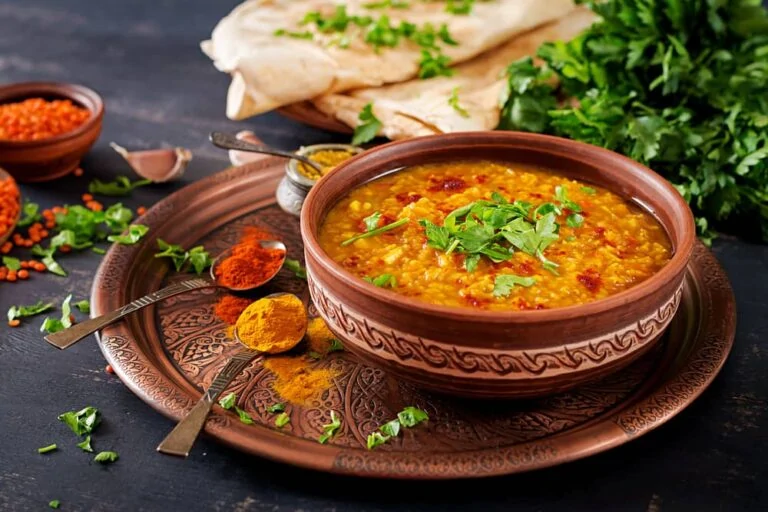
Have you tried eating satay and nasi goreng (fried rice)? How about biryani and tandoori? Sounds familiar, don’t they? These are some of the most famous dishes in Indonesia and India.
You might’ve eaten some of these dishes before—maybe in your favorite Indian or Indonesian restaurant. If so, you‘ve probably noticed something similar between these two cuisines, like the use of Indonesian spices in some Indian dishes.
Although Indian and Indonesian cuisines have similarities, these two are actually different from each other.
This is especially true when it comes to their level of spiciness, among other factors.
However, before this article tackles such details, it’s important to first understand how they became what they are today.
The Origin Of Indonesian Cuisine
Indonesian cuisine is a combination of diverse culinary traditions brought by different nations and regions, including China, the Middle East, the Netherlands, and even India. Such influences helped shape the Indonesian cuisine everyone loves today.
- China introduced the method of sauteing and stir-frying dishes.
- The Middle East introduced skewered pieces of meat (kebab), which later became known as ‘satay.’
- The Netherlands brought rice tables (rijsttafel) when Indonesia was still a colony of the Dutch.
- India introduced the method of cooking with curry.
In addition, Indonesian cuisine offers distinct characteristics from the influences of different countries. It has a strong yet pleasant flavor, a wide fish selection, unusual fruits and vegetables, and fewer meat options.
Indonesian cuisine is also known for its sophisticated use of spices, thanks to India’s influence. If you’re interested in some authentic Indonesian spices, you may check out Spices and Co or any spice shop in your local area.
The Origin Of Indian Cuisine
Indian cuisine is heavily influenced by many nations, including Persia, Mongolia, Greece, China, and Portugal.
Such influences diversified India’s subcontinental flavors and shaped the Indian cuisine people know today. These nations also introduced a wide selection of ingredients India uses in most of its dishes. Some of which include tomatoes, potatoes, chili powder, and squash.
Indian cuisine is also popular for its application of spices, such as cardamom, coriander, saffron, chili powder, turmeric, cumin, and cloves.
Without these essential spices, you won’t be able to prepare some of the most traditional Indian dishes, particularly tandoori, biryani, and dal.
What Are The Similarities Between Indian And Indonesian Food?
1. Spices
Indian and Indonesian cuisines are popularly known for their sophisticated application of spices in everyday cooking. That’s why their dishes are far stronger and more flavorful compared to the cuisines of other countries.
Here are the most important spices in Indian and Indonesian cuisines and where to use them:
- Cumin Seeds: Beef rendang, nasi goreng, and chutneys
- Turmeric: Indonesian and Indian turmeric rice, beef rendang, curry, and village-style chutneys
- Coriander: Indian coriander rice, coriander chicken curry, nasi goreng, and satay
- Cilantro: Cilantro chutney, chana masala, lamb rogan josh, and kofta
- Curry Powder: A wide range of Indian and Indonesian curries (e.g., seafood and meat curry).
- Chili Powder: A wide range of curries and biryanis (other foods can also be enhanced by chili powder)
- Ginger: Curry pastes, curries, ginger chutneys, ayam kalasan, and ginger tea
If you want to master the art of Indonesian and Indian cuisine, you’ll need to understand how these spices work and their various applications to cooking.
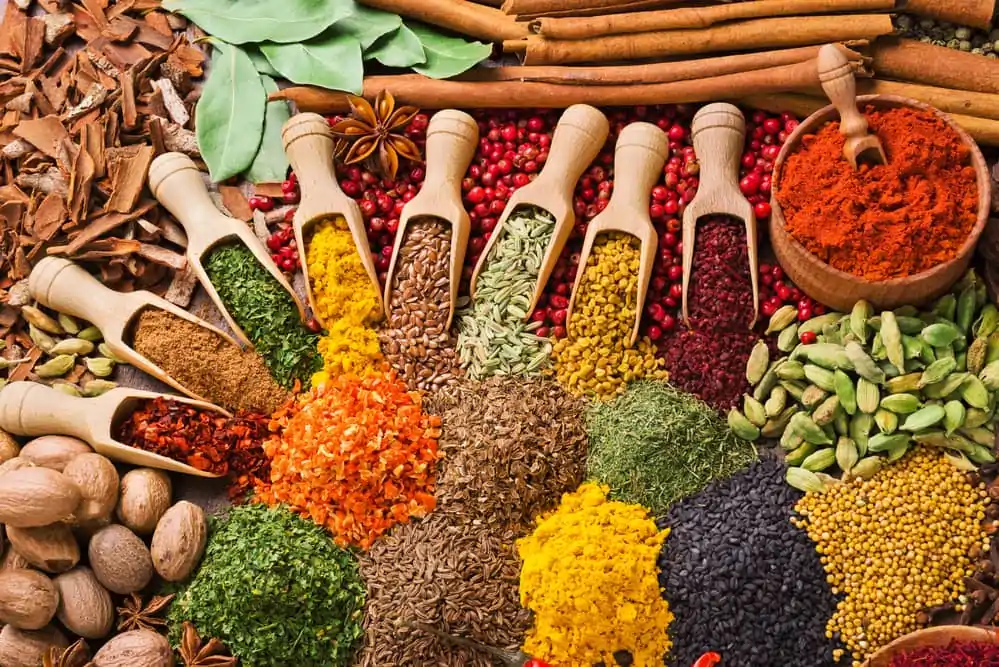
2. Rice And Stews
Indians and Indonesians love eating rice meals and stews, such as the nasi goreng and beef rendang of Indonesia, and biryani and keema of India.
When preparing stew dishes, Indians and Indonesians ensure they’re not too dry or too watery. This way, the stews remain savory and soupy at the same time.
Below are some of the most popular rice and stew dishes in Indian and Indonesian cuisines:
- Nasi goreng, an Indonesian fried rice
- Beef rendang, an Indonesian saucy (sometimes spicy) beef stew
- Biryani, an Indian rice dish with meat and saffron
- Keema, an Indian curry made with ground meat (usually lamb or mutton)
Also, both Indian and Indonesian stews have no standard recipes. That’s because locals often put anything they want into their stews, such as vegetables, seafood, etc.
3. Fresh Ingredients
Indians and Indonesians only use the freshest ingredients when preparing their meals, contrary to American cooking methods, which rely on canned goods.
Most of these ingredients are always available in their local markets. Some can even be found in their backyards and home gardens.
What Are The Differences Between Indian And Indonesian Food?
Indian and Indonesian cuisines are significantly different despite their similarities in terms of spices, rice, stews, and fresh ingredients. So, what makes them different, anyway?
- Indian Dishes Are Often Hotter Than Indonesian Dishes
Indonesian cuisine is heavily influenced by the Indian way of cooking. That’s why most of its dishes have varying levels of hotness and spiciness, such as rendang, sambal, and penyetan.
However, Indian dishes are much hotter than many Indonesian dishes. That’s because of its heavy use of different types of chili peppers. In fact, one of the spiciest chili peppers in the world can be found in India, the bhut jolokia.
- Indian Cuisine Serves Bread Along With Rice. Indonesian Cuisine Doesn’t
Both Indians and Indonesians eat their main dishes (entrée) with rice (e.g., nasi goreng and rendang or Indian pilaf and keema). However, there are certain regions in India that also serve homemade flat breads called roti, paratha or naan along with rice because it’s affordable and can be paired with any dish.
- Indian Cuisine Offers More Vegan Options Than Indonesian Cuisine
Indians and Indonesians love eating vegetables. In fact, many of them have their own gardens, allowing them to pick the vegetables they want without leaving their homes.
But, when it comes to vegan options, Indian cuisine tops the charts. That’s because of the influence of the early Buddhists who didn’t eat meat. Therefore, if you’re a vegan or a vegetarian, you should consider Indian dishes.
Final Words
The influences from different nations across the globe have shaped the Indian and Indonesian cuisines everyone loves today.
Both may have similar characteristics in terms of spices, rice and stew dishes, and fresh ingredients, but they’re not the same. This is especially true when it comes to spiciness, rice and bread combination, and the range of vegan options.
Thankful for every click to share:
Related Posts
There are those odd occasions where you may have misjudged the heat of chilli ...
4.6 13 votes Article Rating Indian cooking has the reputation of being exciting, ...
It is time to unveil the truth and find for yourself whether Indian food is...
To rate click on stars
Related Posts
There are those odd occasions where you may have misjudged the heat of chilli ...
4.6 13 votes Article Rating Indian cooking has the reputation of being exciting, ...
It is time to unveil the truth and find for yourself whether Indian food is...

